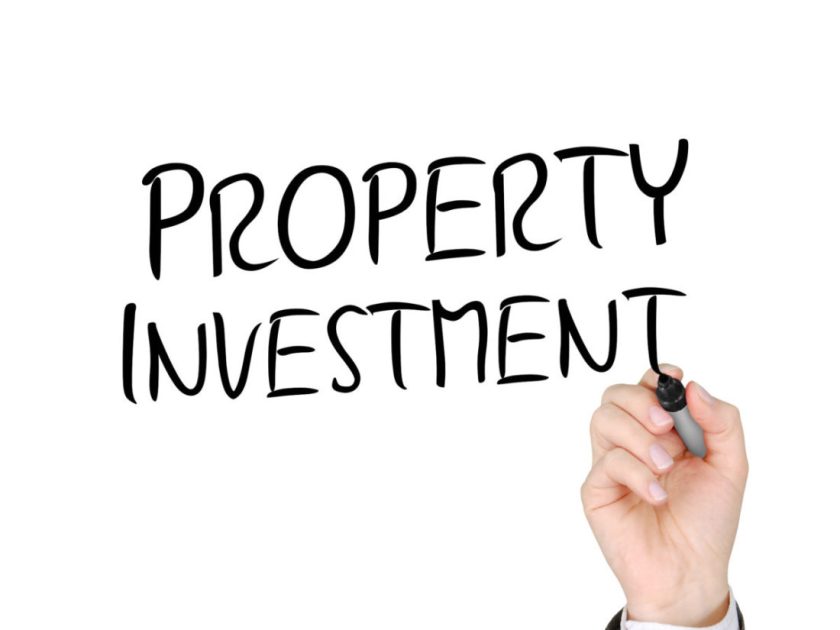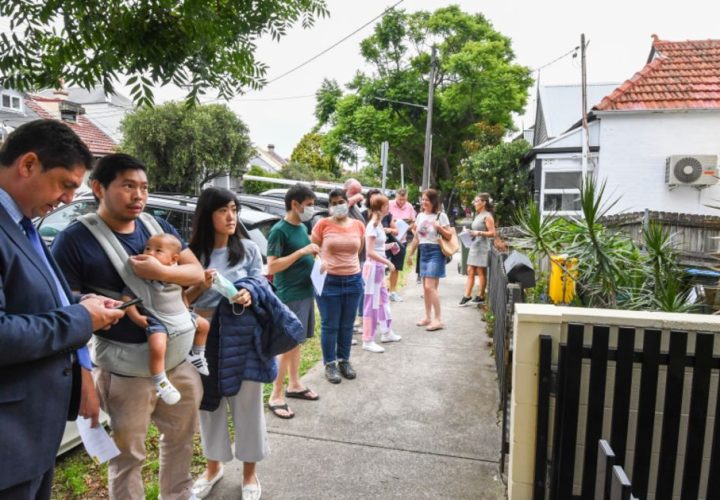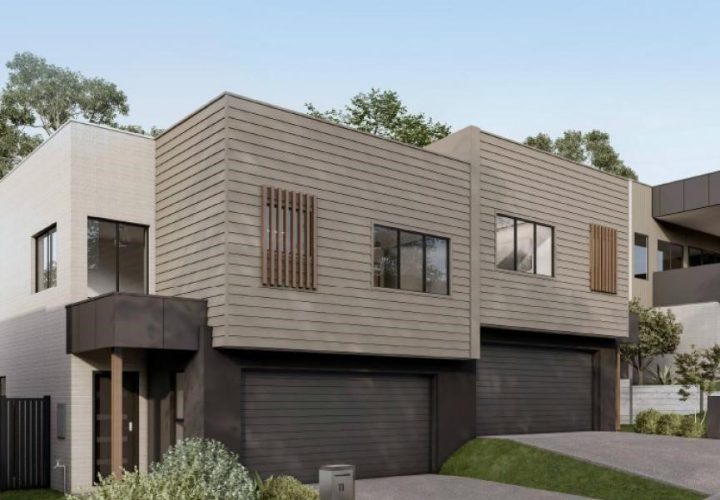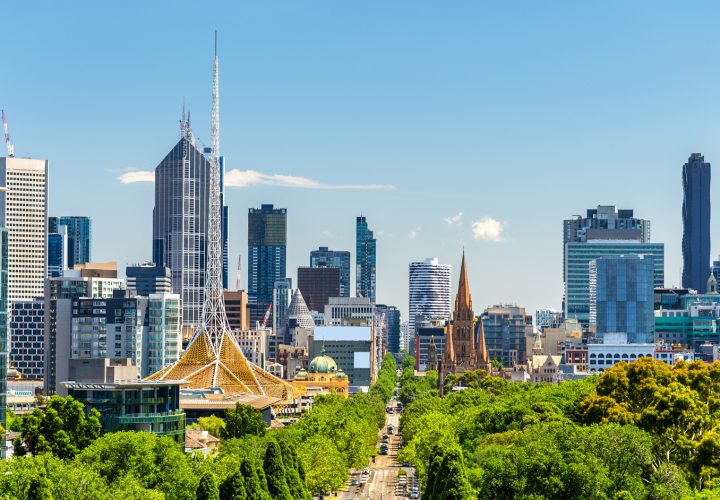
Where should I buy my next investment property?
If you had $1 million to spend on property investment in Australia today, where would you invest it?
What location would you buy in, and why?
And what about if you only have $500,000 to invest?
Where is the best place to buy an investment for this budget?
And by the way… is real estate still a good investment in Australia, considering the spectacular pandemic-induced boom we’ve experienced in the past couple of years and the slowdown that we’re now expecting?
These questions are some of the recently posed by journalists, and we can understand why – they are common questions investors are asking today and they make great headlines for articles.
Everyone would like to know how to find the best property investment locations or Australia’s best growth suburbs.
So if you want to outperform the average investor and develop financial freedom through property investing, don’t start by selecting a location, or looking for that ideal property.
Here’s what to do it instead.
Buying property as an investment
Property investing is a process, not an event.
Things have to be done in the right order – and selecting the property comes right at the end of the process.
The property you will eventually buy will be the result of a sequence of questions you will need to ask and answer and a series of decisions you’ll need to make before you even start looking at locations.
Long before we talk about a property or the right location with our clients at IFP Advisory, we look at factors including their age, their timeframes, and the desired end results in other words, what do they really want the properties to do – are they looking for cash flow, capital growth, or a combination of both.
And that’s because what makes a great investment property for me, is not likely to be the same as what would suit your investment needs.
So it all starts with helping our clients formulate a Strategic Property Plan. The plan takes into account their surplus cash flow position, their risk profile, whether they currently own a home or are wanting to buy a new home or upgrade their existing home in the future, if they are going to earn more income in the future, or if they’re going to decrease their family income because they are having a baby, how many other investment properties they own, where they are located and how they are performing plus lots more considerations.
Our first recommendation to anyone asking where to invest is to sit with an independent property advisor to formulate their plan.
It’s just too difficult to do on your own and we have found most investors tend to be too emotionally involved to see their situation objectively.
The benefits of formulating such a plan include:
It will help you define your financial goals.
- You’ll discover whether your goals are realistic, especially for your time frame.
- You’ll find out what you’ve done right and what you’ve done wrong along your financial journey so far and what you can do about it.
- You’ll be able to measure your progress towards your goals and whether your property portfolio is working for you, or if you’re working for it.
- Your plan will help you identify risks you hadn’t thought of.
Three important parts of your investment equation
When you invest in property there are really only three major levers you can pull:
- Your budget – and that is usually determined by the banks.
- Location and you can’t afford to compromise on that.
- The right property in that location.
And unless you have an unlimited budget, and that applies to very few of us, investors usually need to compromise on at least one of the above.
But the question some potential investors are asking, now that our markets have moved to the next stage of the property cycle is: “Is real estate still a good investment?”
Note: Sure, there are some headwinds ahead.
Yes, we’ve entered the adjustment phase of the property cycle, but currently, we see a window of opportunity for property investors with a long-term focus.
This window of opportunity is not because properties are cheap, however, when you look back in three years’ time the price you would pay for the property today will definitely look cheap.
The opportunity arises because consumer confidence is low and many prospective homebuyers and investors are sitting on the sidelines.
However, we believe later this year many prospective buyers will realise that interest rates are near their peak, inflation will have peaked and the RBA’s efforts will bring it under control.
And at that time there will be a spike in demand that will be released as greed overtakes fear, as it always does as the property cycle moves on.
We saw an opportunity like this in late 2018 – early 2019 when fear of the upcoming Federal election stopped buyers from entering the market. And look what’s happened to property prices since then.
We saw similar opportunities at the end of the Global Financial Crisis and in 2002 after the tech wreck. History has a way of repeating itself.
Strategic investors will take advantage of the opportunities our property markets will offer over the next couple of years maximising their upsides while protecting their downsides.
Remember all those negative predictions a year or 2 ago?
However, last year was an extraordinary year in the housing market – around 98% of locations around Australia recorded rising property values with many properties rising in value by more than 20%.
Before COVID-19, the ABS valued Australia’s residential property at $7.1 trillion.
Today the ABS suggests the total valuation of Australia’s residential real estate is just under $10 trillion.
To put it another way, the growth in property wealth in the past two years is higher than all the gains over the decade before COVID-19 (2010-2019) combined.
But that was an extraordinary market – a once-a-generation property boom, and this year property markets are behaving differently.
They are more fragmented.
In other words, not all property markets will continue growing strongly moving forward.
We have now entered the next phase of the property cycle, one where the market is cooling and prices are adjusting.
And while property prices will correct in some locations, there will not be a property “crash” as some commentators are predicting.
For house prices to “crash”, you need to have forced sellers and nobody there to buy their properties (refer to our “Why our property market won’t crash” story in this edition. This only happens at times of high unemployment, but currently, anybody who wants a job can get a job and with rising wages, it’s unlikely that we will see many distressed sellers forced to sell.
At this stage of the cycle high-end properties tend to fall in value first, and that’s currently happening.
And cheaper properties in the outer suburbs and some regional locations will also fall in value as wages growth in those areas has not kept up with the growth in the value of properties
However, properties located in the inner and middle-ring suburbs of our big capital cities, particularly in gentrifying locations, should hold their own.
While the outer suburban and more affordable end of the markets have performed strongly so far, affordability is now becoming an issue as the locals have had minimum or little wage growth during the time when property prices have boomed.
In these locations, the residents don’t have more money in their pay packet to pay the higher prices the properties are now achieving.
More than that, Covid-19 has adversely affected low-income earners to a greater extent than middle and high-income earners who are likely to recover their income back to pre-pandemic levels more quickly, while many have not been hit at all.
A flight to quality
Now that the markets have entered a quieter phase and FOMO has disappeared, there is a flight to quality properties and an increased emphasis on liveability.
As their priorities change, some buyers will be willing to pay a little more for properties with “pandemic appeal” and a little more space and security, but it won’t be just the property itself that will need to meet these newly evolved needs – a “liveable” location will play a big part too.
To many, liveability will mean a combination of:
- Proximity – to things like parks, shops, amenities, and good schools
- Mobility – access to good public transport (even though this may be less important moving forward) or a good road system
- Access to jobs
Why fight with the gorilla?
Other important drivers of capital growth include supply and demand, infrastructure, livability, and amenity.
Over the years we’ve noticed that experienced investors find it easier to choose a location – they’re not as emotionally attached to locations,
So the first question to ask yourself is:
“How far are you willing to invest from home?”
Clearly the further you are prepared to consider the better your potential returns because you’ll have the whole of Australia open to you but if you’re only prepared to invest in your own backyard, your choices will be much more limited.
How to choose an investment property in Australia?
We recommend looking for an area that has a long, proven history of strong capital growth and is likely to continue to outperform the averages.
Now that’s very different from a “hot spot” or the next big thing many beginning investors chase.
And as you dig into the data you’ll find that not all land is created equal.
Some suburbs will be more popular than others, some areas will have more scarcity than others and over time some land will increase in value more than others.
And you’ll find top performance has a lot to do with the demographics in the area.
These suburbs tend to be those where a large number of owner-occupier’s desire to live because of lifestyle choices or the offer.
We look for suburbs where wages (and therefore disposable income) are increasing above average.
What to look for when investing in property?
If Covid-19 taught us anything, it was the importance of living in the right type of property in the right neighbourhood.
In our new “Covid Normal” world, people will pay a premium for the ability to work, live and play within a 20-minute drive, bike ride or walk from home.
They will look for things such as shopping, business services, education, community facilities, recreational and sporting resources, and some jobs all within 20 minutes’ reach.
Residents of these neighbourhoods have now come to appreciate the ability to be out and about on the street socialising, supporting local businesses, being involved with local schools, and enjoying local parks.
But it’s not only the location that’s important.
Whilst we believe that 80% of your property’s performance is related to its location, the other 20% or so is related to buying the right property in that location.
Even in the best suburbs, there are some properties we would avoid – they just don’t make good investments.
In general, there are 3 types of property:
- A-Grade homes and “investment grade” properties are the type of assets you want to own, and the type of properties were great tenants want to live, not because they need to, but because they want to and are prepared to pay extra to live there.
These are not just houses but also family-friendly apartments in great neighbourhoods. - B-grade properties still have a lot going for them, and during hot property markets they still perform well, but their second location within their suburb or the less-than-perfect attributes of these properties mean they will slump more in downtimes when buyers and tenants are more choosey.
- C-grade properties – these are to be avoided unless they’re in a great neighbourhood and your intention is to demolish the property and replace it with something more appropriate for the location.
Rather than asking where I should invest or what sort of property I should buy, the questions you should be asking are:
- What do I want to achieve from my property portfolio?
- What do I need to do to get those results? And…
- Who do I need on my team to help me achieve the financial freedom I want with minimal risk?
We will finish this article where we started it – Property investing is a process, not an event. Things have to be done in the right order – and selecting the property comes right at the end of the process.
We can help you achieve your goals and dreams. With our National Research and Acquisitions Team and our structured process we work with people to create long term wealth for them.




